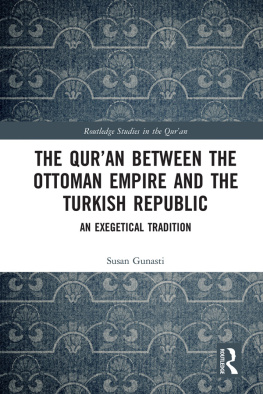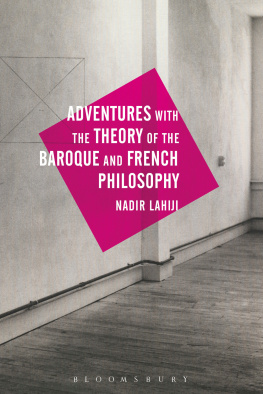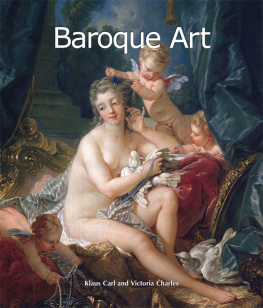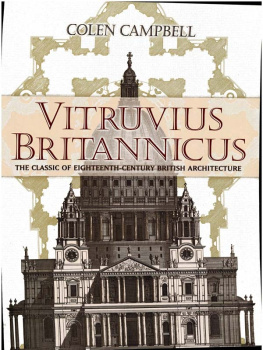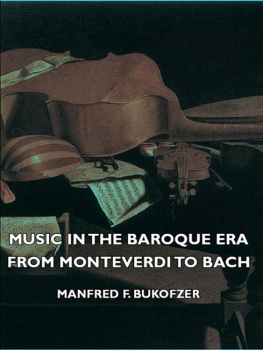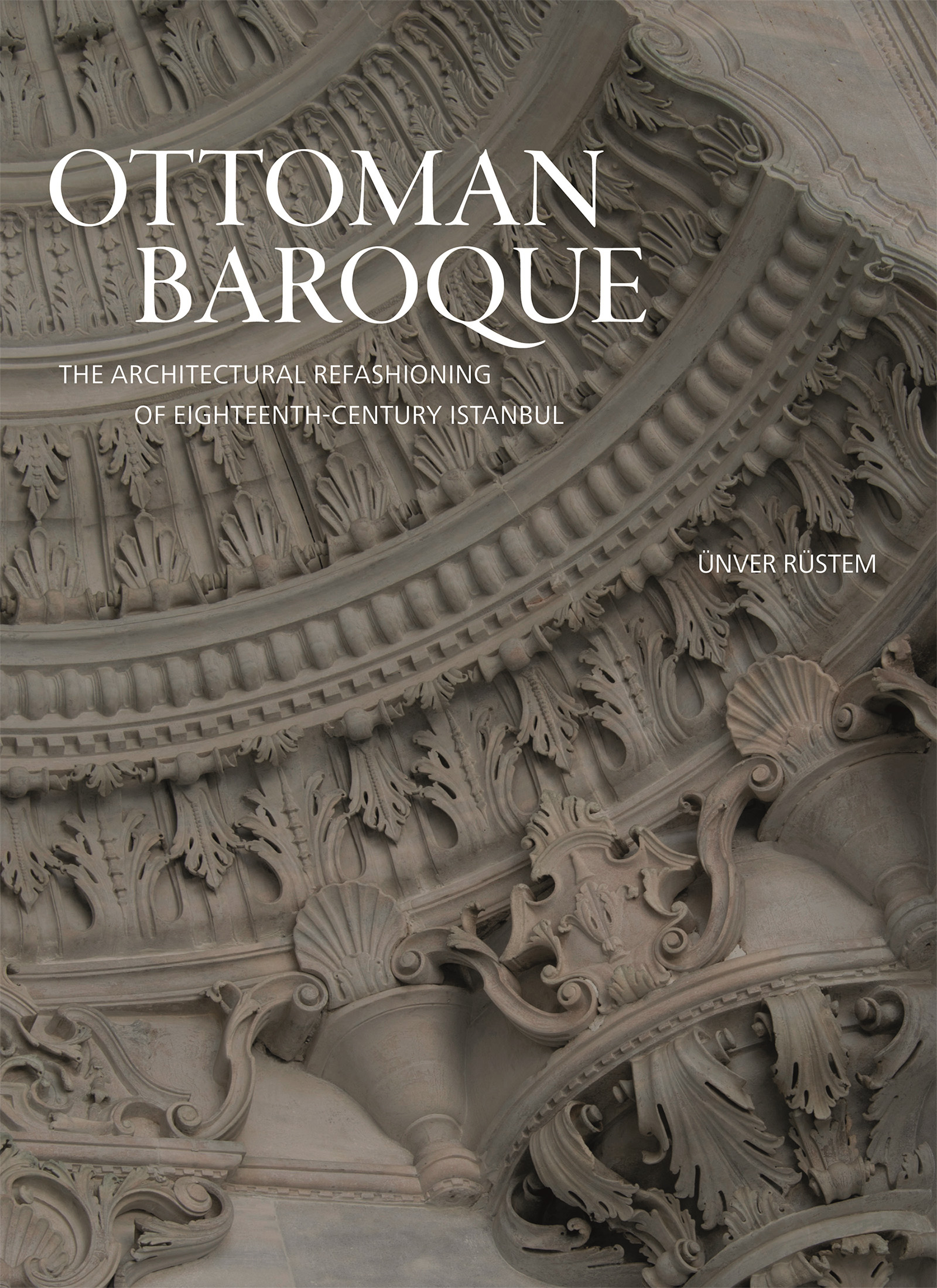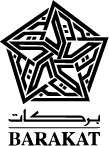Rustem - Ottoman Baroque: the architectural refashioning of eighteenth-century Istanbul
Here you can read online Rustem - Ottoman Baroque: the architectural refashioning of eighteenth-century Istanbul full text of the book (entire story) in english for free. Download pdf and epub, get meaning, cover and reviews about this ebook. City: Istanbul;Osmanisches Reich;Turkey, year: 2019, publisher: Princeton University Press, genre: Romance novel. Description of the work, (preface) as well as reviews are available. Best literature library LitArk.com created for fans of good reading and offers a wide selection of genres:
Romance novel
Science fiction
Adventure
Detective
Science
History
Home and family
Prose
Art
Politics
Computer
Non-fiction
Religion
Business
Children
Humor
Choose a favorite category and find really read worthwhile books. Enjoy immersion in the world of imagination, feel the emotions of the characters or learn something new for yourself, make an fascinating discovery.

- Book:Ottoman Baroque: the architectural refashioning of eighteenth-century Istanbul
- Author:
- Publisher:Princeton University Press
- Genre:
- Year:2019
- City:Istanbul;Osmanisches Reich;Turkey
- Rating:5 / 5
- Favourites:Add to favourites
- Your mark:
Ottoman Baroque: the architectural refashioning of eighteenth-century Istanbul: summary, description and annotation
We offer to read an annotation, description, summary or preface (depends on what the author of the book "Ottoman Baroque: the architectural refashioning of eighteenth-century Istanbul" wrote himself). If you haven't found the necessary information about the book — write in the comments, we will try to find it.
With its idiosyncratic yet unmistakable adaptation of European Baroque models, the eighteenth-century architecture of Istanbul has frequently been dismissed by modern observers as inauthentic and derivative, a view reflecting broader unease with notions of Western influence on Islamic cultures. InOttoman Baroque--the first English-language book on the topic--nver Rstem provides a compelling reassessment of this building style and shows how between 1740 and 1800 the Ottomans consciously coopted European forms to craft a new, politically charged, and globally resonant image for their empires capital.
Rstem reclaims the label Ottoman Baroque as a productive framework for exploring the connectedness of Istanbuls eighteenth-century buildings to other traditions of the period. Using a wealth of primary sources, he demonstrates that this architecture was in its own day lauded by Ottomans and foreigners alike for its fresh, cosmopolitan effect. Purposefully and creatively assimilated, the styles cross-cultural borrowings were combined with Byzantine references that asserted the Ottomans entitlement to the Classical artistic heritage of Europe. Such aesthetic rebranding was part of a larger endeavor to reaffirm the empires power at a time of intensified East-West contact, taking its boldest shape in a series of imperial mosques built across the city as landmarks of a state-sponsored idiom.
Copiously illustrated and drawing on previously unpublished documents,Ottoman Baroquebreaks new ground in our understanding of Islamic visual culture in the modern era and offers a persuasive counterpoint to Eurocentric accounts of global art history.
Rustem: author's other books
Who wrote Ottoman Baroque: the architectural refashioning of eighteenth-century Istanbul? Find out the surname, the name of the author of the book and a list of all author's works by series.


